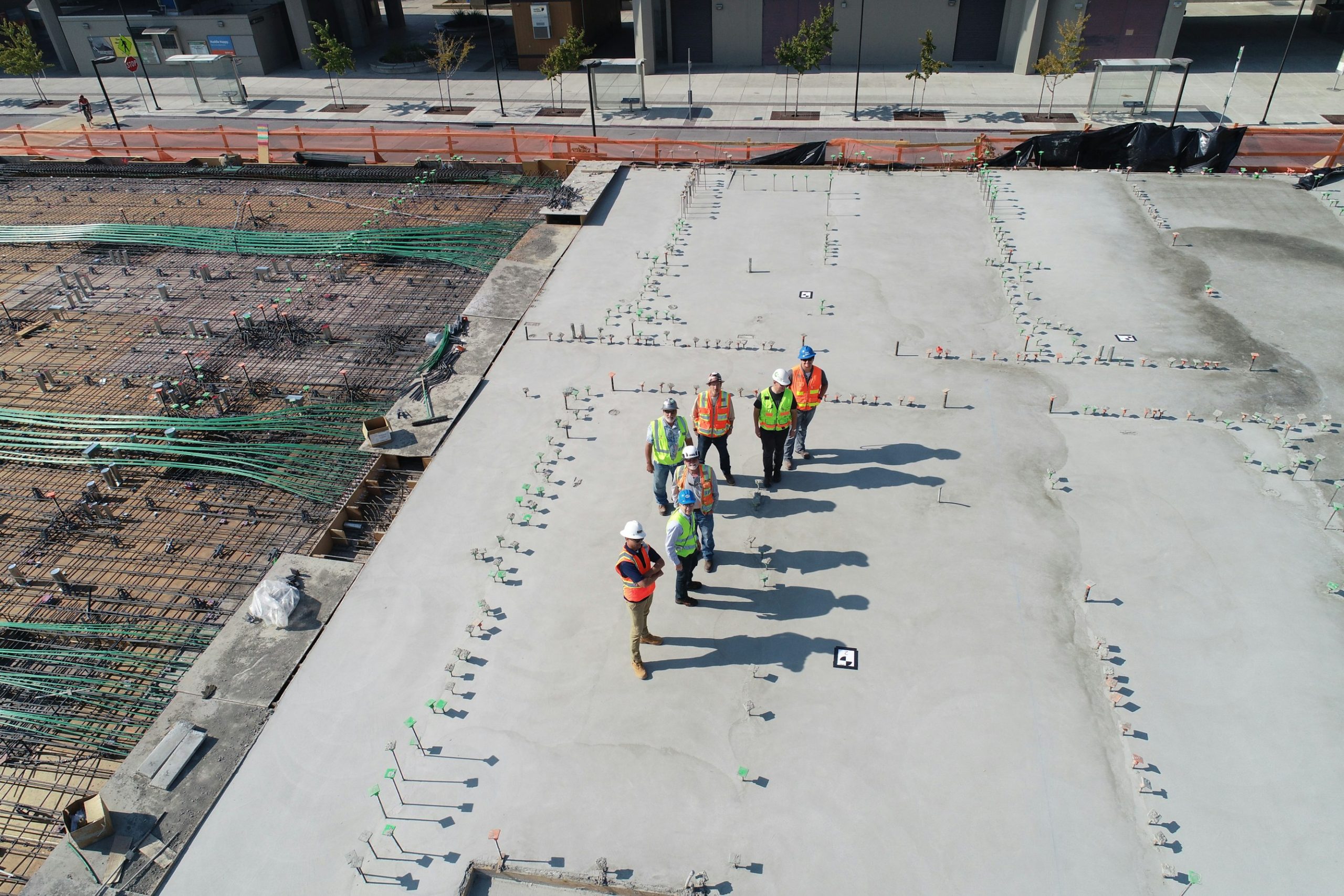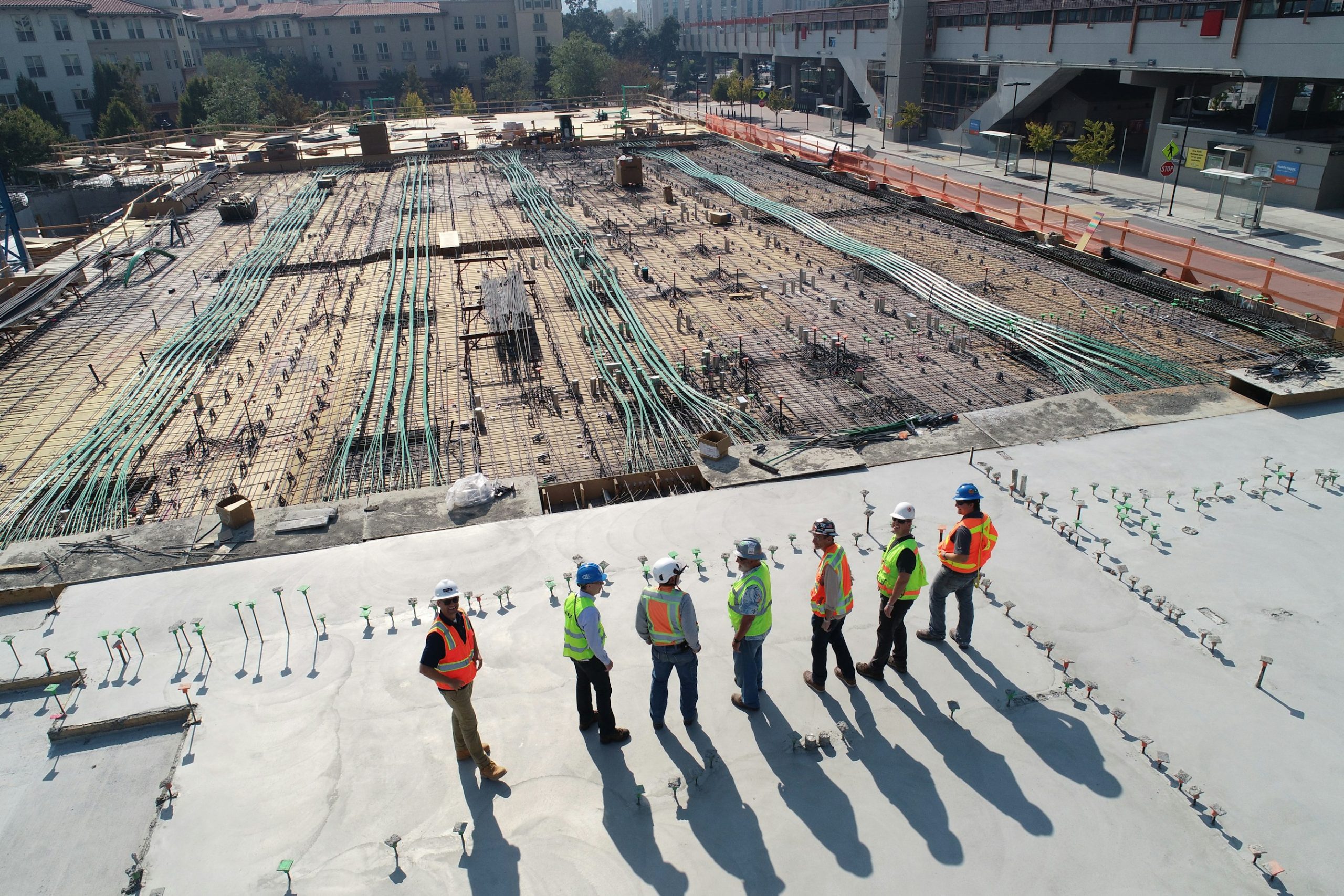Scope Creep in the Middle East: How to Control It with Clear Digital Logs
In construction project management, scope creep remains one of the most challenging issues faced by project managers. Scope creep refers to the uncontrolled growth in a project’s scope after it begins, involving the addition of new objectives or tasks without corresponding adjustments to the project’s time, budget, or resources. This phenomenon can lead to delays, budget overruns, and compromised quality, affecting the overall success of construction projects. To effectively manage scope creep, stakeholders in the Middle East need to adopt clear digital logs and advanced project management tools.
Understanding Scope Creep
Definition and Impact
Scope creep typically occurs when there is a lack of clarity surrounding a project’s goals. As stakeholders add objectives without adequately considering the project’s timeline, budgeting, or available resources, the risk escalates. Often, this leads to heightened tensions, increased costs, and dissatisfied clients, rendering it imperative for construction teams to understand the nature and impact of scope creep.
Common Causes of Scope Creep
Poorly Defined Project Scope
A vague project statement of work can lead to misunderstandings among stakeholders, creating a favorable environment for scope creep. Clear and detailed scope statements are essential to mitigating risks linked to unclear project objectives. Proper documentation from the outset sets a solid foundation for project execution.
Unsupervised Changes
Changes to the project plan made without formal control methods can rapidly lead to scope creep. When multiple stakeholders contribute to project changes without a unified approach, confusion can quickly ensue. Establishing robust processes for documenting and approving changes helps to prevent untracked adjustments from spiraling out of control.
External Changes
Factors such as regulatory changes, unforeseen site conditions, and evolving client demands significantly influence a project’s scope. For instance, an unexpected change in building codes may necessitate costly alterations. Therefore, it is crucial to remain aware of external factors affecting the project and to document and manage changes accordingly.
Communication Issues
Poor communication among team members exacerbates misunderstandings, leading to unapproved changes that contribute to scope creep. Establishing clear communication channels within the project team can greatly enhance the likelihood of addressing potential changes promptly and uniformly.
Case Studies and Examples from the Middle East
Construction Projects in Bahrain
In Bahrain, construction projects have frequently encountered challenges associated with scope creep, leading to disputes and resource mismanagement. An illustrative case involved delays arising from unrecorded changes regarding facade paint colors, resulting in costly revisions and aggravated contractor-client relationships.
Insights from Saudi Arabia
A concerning survey in Saudi Arabia revealed that nearly 96% of respondents experienced some form of scope creep, contributing to project delays and increased costs. This finding underscores the necessity for stakeholders to establish well-defined project objectives, alongside rigorous change management practices to keep projects on track.
Effective Strategies to Control Scope Creep
Clear Scope Definition and Boundaries
A comprehensive and detailed scope statement not only enhances mutual understanding among project stakeholders but also significantly reduces the risk of miscommunication. Contracts should include clear clauses regarding the scope of work and provisions for change orders, ensuring all parties are aligned from the outset.
Effective Communication and Collaboration
Establishing effective communication protocols and conducting timely client meetings facilitate better management of changes. Engaging all relevant stakeholders throughout the process and swiftly managing change requests helps maintain project alignment and minimizes the incidence of scope creep.
Utilizing Digital Logs and Project Management Tools
Implementing construction project management software can substantially enhance visibility into the scope and progress of a project. Zepth’s solutions simplify the creation of detailed project briefs, track time and expenses, and efficiently manage change orders. With tools like Zepth’s Task Management, teams can streamline communication, allowing for real-time changes and continuous monitoring of scope throughout the project lifecycle.
Formal Change Management Process
A formalized change order process is integral to managing scope creep. By outlining how changes to the project’s scope are evaluated, approved, and implemented, stakeholders can ensure that any deviations are agreed upon and documented effectively. This systematic approach facilitates managing expectations and minimizes disputes.
Regular Scope Reviews and Audits
Routine scope reviews serve as essential checkpoints, enabling project teams to identify any deviations from the initial project outline. Early intervention at these checkpoints can mitigate risks and prevent minor issues from escalating into significant challenges.
Best Practices and Emerging Innovations
Training and Education
Equipping project teams with knowledge about the principles of scope management is crucial. Training efforts should emphasize scope definition, change management processes, and effective communication. When teams are well-prepared, they are more viable in preventing scope creep effectively.
Legal and Contractual Strategies
Leveraging legal counsel when dealing with complex scope issues, and integrating robust clauses within contracts can significantly minimize disputes. Additionally, ensuring that all scope changes are documented can help foster clarity and agreement among stakeholders.
Cultural Sensitivity and Local Expertise
In the Middle East, an understanding of cultural norms and communication preferences is vital for successful project execution. Collaborating with local experts who possess knowledge about the regional landscape can greatly enhance a project’s adaptability to various challenges.
Agile Approach
Considering an agile project management approach may be beneficial, particularly in the fast-paced construction environment. An agile methodology fosters flexibility and iterative adjustments, ultimately helping teams respond effectively to changes.
How Zepth Can Help
- Clear Digital Logs: Zepth offers advanced project management tools that assist in creating detailed project briefs, tracking time and expenses, and managing change orders, thereby enhancing scope visibility and controlling scope creep.
- Task Management: Through Zepth’s Task Management tool, project communication becomes streamlined, allowing for real-time changes and scope monitoring that aligns all stakeholders promptly.
- Resource Allocation: Zepth’s comprehensive solutions enhance resource management efficiency, ensuring that projects remain within budget and timeline constraints while mitigating the impacts of scope creep.
Conclusion
Controlling scope creep in construction projects, particularly in the Middle East, requires a mix of clear scope definition, effective communication, and the utilization of advanced project management tools. By implementing these strategies and harnessing the solutions available through Zepth, project managers can ensure successful project completion on time, within budget, and to the desired quality standards.
For more information on how Zepth can empower your project management endeavors, explore their range of solutions today, including Task Management and other essential tools tailored for effective project oversight.




